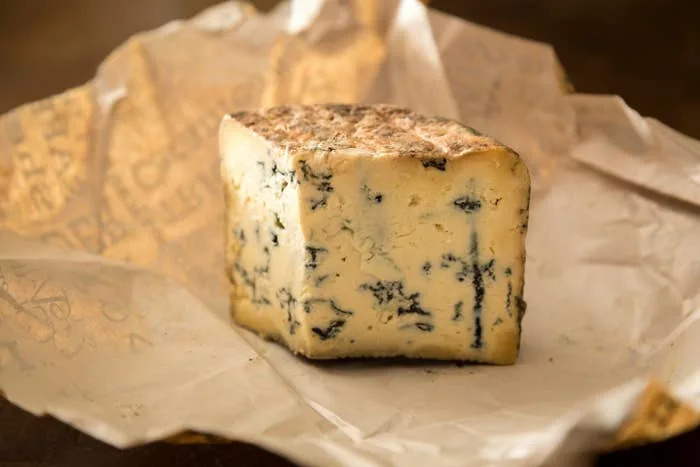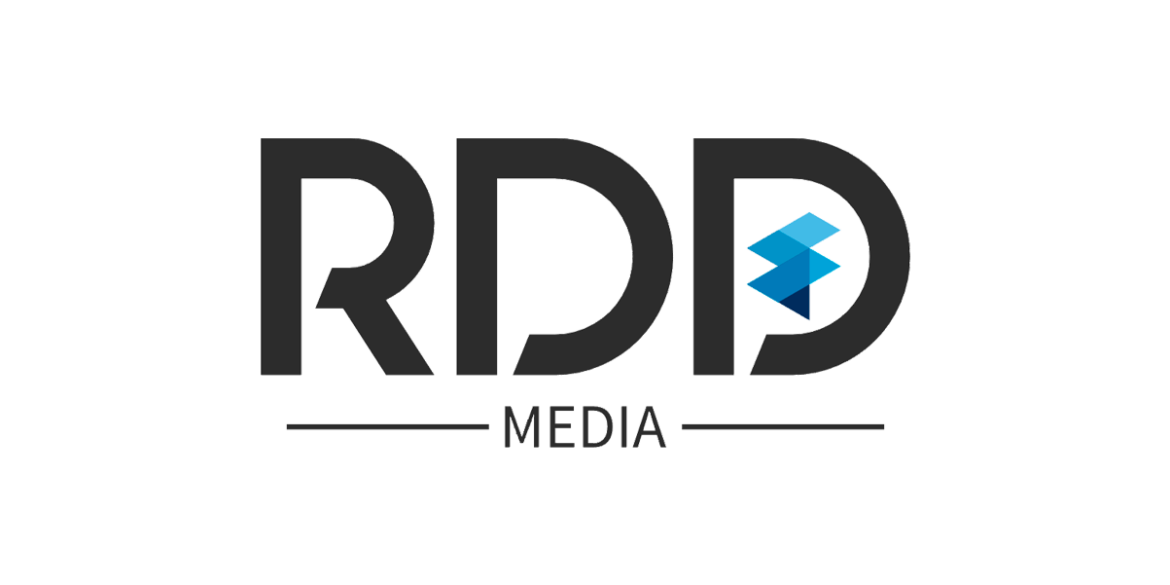Can You Safely Eat Cheese with Mold? Experts Weigh In

The presence of mold on cheese can be a common and sometimes unsettling discovery for consumers. While certain cheeses intentionally incorporate molds during the production process, understanding how to handle unexpected mold growth is crucial for food safety. According to experts in dairy research and microbiology, the approach depends heavily on the type of cheese involved.
Mark Johnson, assistant director at the Center for Dairy Research at the University of Wisconsin-Madison, explained that cheeses like gorgonzola (characterized by blue veins) and brie (with a white rind) naturally contain mold which contributes significantly to their flavor profiles. Consuming these cheeses, complete with their characteristic molds, is considered safe. Trevor Craig, a food safety expert and corporate director at Microbac Laboratories, reinforces this point, noting that the growth on such cheeses should appear uniform in color and be evenly distributed throughout the product.
However, if mold unexpectedly appears on cheese varieties like mozzarella, cheddar, or Swiss – which are not designed to have visible mold – experts advise against consumption. While it’s unlikely to cause illness, the taste can be compromised. For harder cheeses such as Parmesan or cheddar, a conservative approach involves cutting away at least an inch of cheese surrounding the visible mold to prevent potential spread.
Soft cheeses, including ricotta and cottage cheese, present a different scenario. Craig recommends discarding the entire container if any mold is detected due to the high likelihood of undetectable spreading throughout the product. Regardless of cheese type, black or dark red mold warrants immediate disposal as it can indicate potentially toxic contamination.
Beyond visible molds, changes in flavor or aroma also signal potential spoilage. Johnson cautions that a “kerosene” taste or one reminiscent of adhesive bandages may suggest deeper mold penetration, necessitating discarding the entire piece. Although typically safe, cheese can harbor unseen bacteria like E. coli or Salmonella. Changes in color, texture, sliminess, or the presence of a watery residue can be indicators of bacterial growth, demanding careful evaluation before consumption. Proper storage practices are essential to minimize unwanted mold development and maintain cheese quality.









